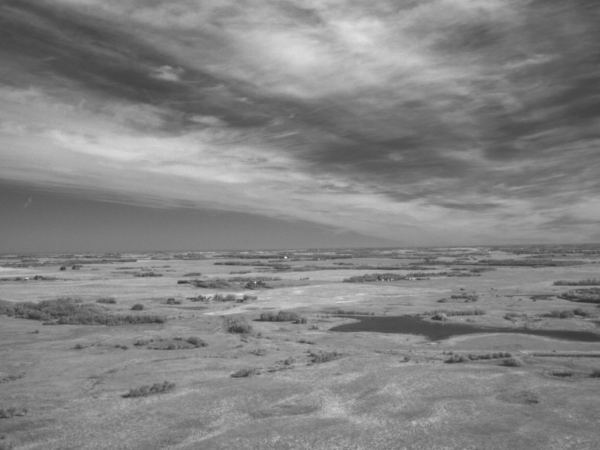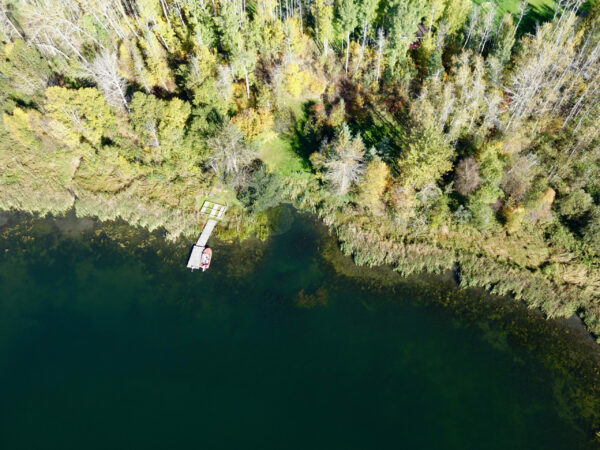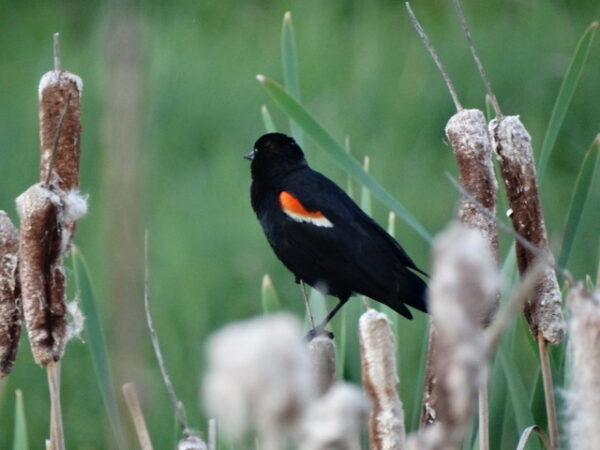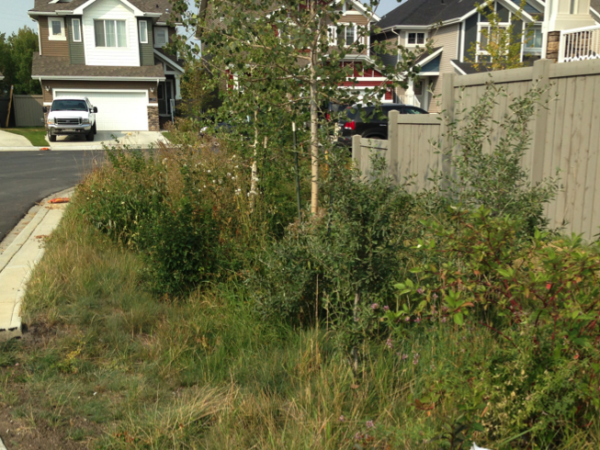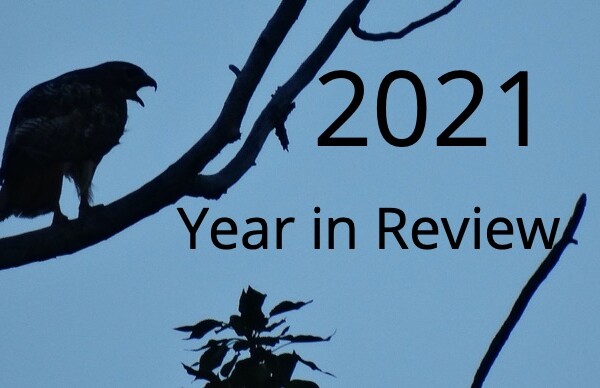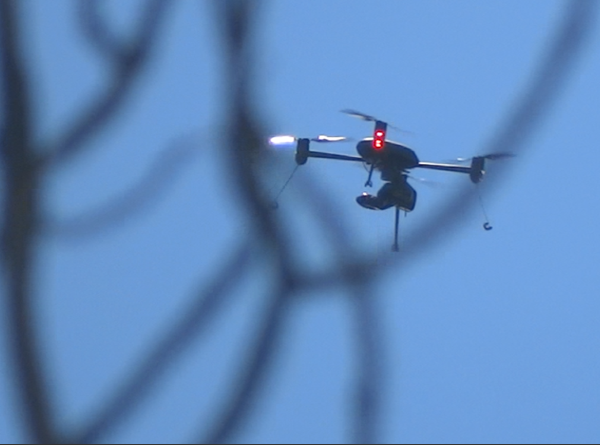With a scientific name so nice you’ll want to say it twice, north American moose (Alces alces) are among my favourite animals—curious, endearing, and the second most captured species on Fiera’s remote cameras between 2022 and 2023. Frequently, our cameras fail to fully capture a photo of a moose in its entirety, with images cutting off at the legs due to the moose’s remarkable height. This makes sense, as moose claim the title of tallest land animal in Canada, boasting a height of up to 2.1 meters tall at the shoulder. Despite their imposing stature, moose can sometimes appear as if their parts were haphazardly assembled, with their slender long legs and bulky bodies creating an unmistakably unique look. Although their lanky, sometimes awkward appearance may make them seem cumbersome and slow, moose are highly efficient travellers due to their distinctive body proportions.
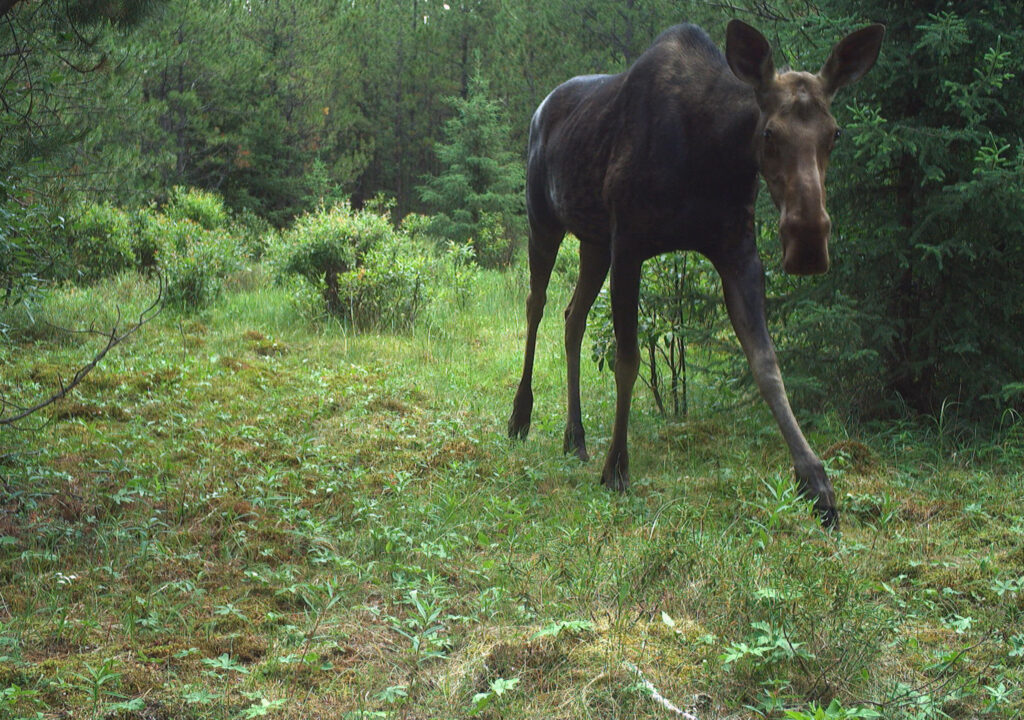
Whether trudging through deep snow or wading through ponds, the long legs on a moose allow it to navigate efficiently through a plethora of habitats. Being tall provides moose with an advantage while traveling on land, as they are able to cross deep snow and step over obstacles with ease. Their powerful legs create high speeds as well, with adults being able to charge at a pace of 56 kilometers per hour (Mazurkewich, 2020). Though their large body mass may make the idea of a moose swimming seem like a feat that defies physics, moose are actually quite talented at it, with calves swimming as early as a few days old. Their strong legs are again useful to propel them through the water, allowing them to cool off during hot summer months, avoid ambush from predators, and search for delicious aquatic vegetation under water, or to browse on twigs way up high on tall shrubs.
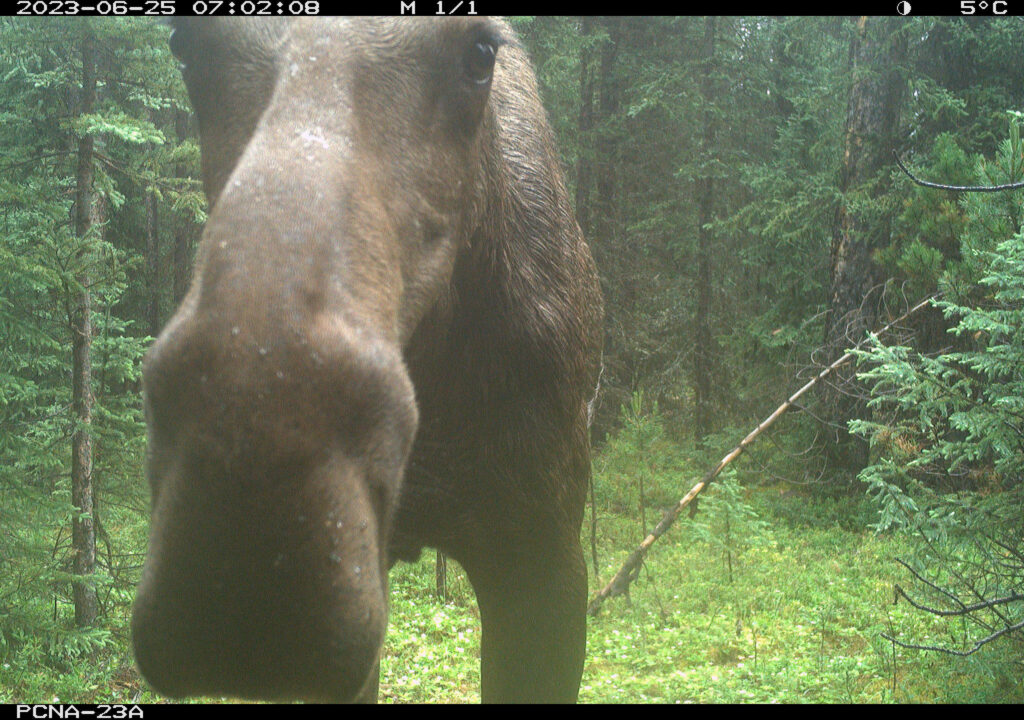
Although the height of moose provides many survival advantages, it can provide some disadvantages as well. During winter moose are likely to feed on areas close to seismic lines, which are paths cut by humans through the boreal forest in search of fossil fuels to extract. As these seismic lines revegetate after use, they host young vegetation that are attractive foods to a moose, but can sometimes leave feeding moose vulnerable due a lack of cover. The linear nature of seismic lines creates long-distance sightlines for predators, and a tall moose will stand out among the low vegetation (Lamy and Finnegan). Increased predation along seismic lines is a risk across ungulate species, but where others such as woodland caribou (Rangifer tarandus) suffer because predators are brought into caribou ranges by the presence of seismic lines, moose are attracted to and seek out seismic line areas (Learn, 2023), exposing themselves to potential predation.
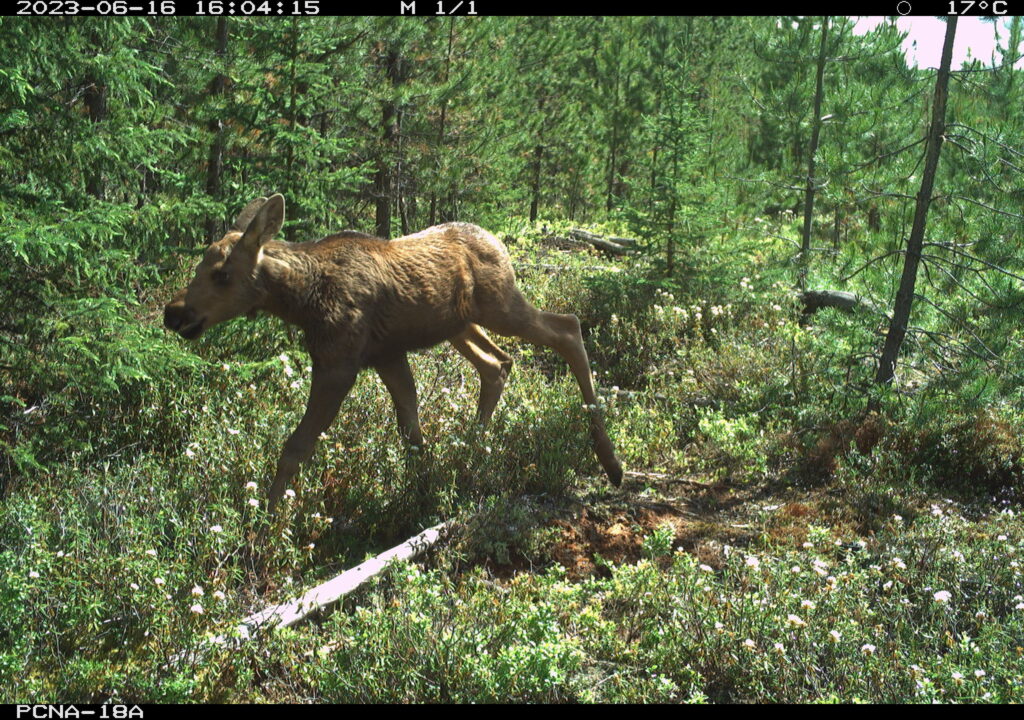
Whether or not the combination of moose stature and seismic line predation is having a substantial negative impact on moose populations is still being researched. However, it is crystal clear from our perspective that those long legs and that tall stature makes moose particularly difficult to capture in their entirety on our remote cameras, especially when we want to capture the more vertically challenged species too!
Too Tall was researched and written by Bria Griffin.
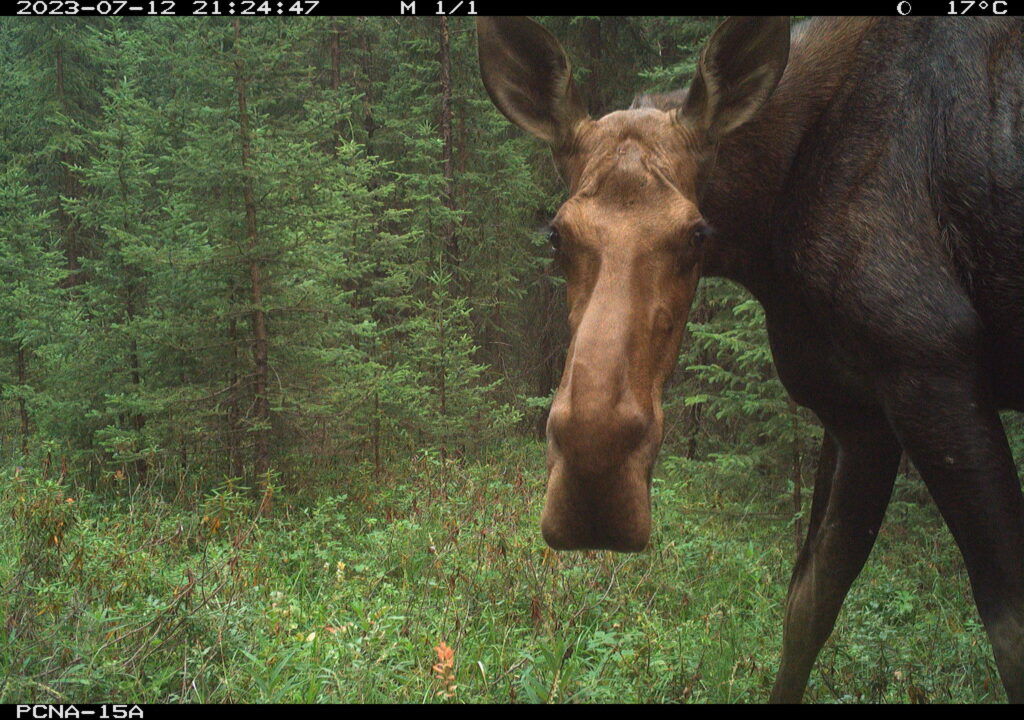
References
Lamy, Karina, and Laura Finnegan. “Moose Habitat and Populations in Alberta”, friresearch.ca/data/CP_2021_07_Moose_Lit_Review.pdf. Accessed 30 May 2024.
Learn, Joshua Rapp. “Moose Gravitate toward Seismic Lines.” The Wildlife Society, 15 Nov. 2023, wildlife.org/moose-gravitate-toward-seismic-lines/.
Mazurkewich, Tasha. “Misunderstood Moose.” Yukon Wildlife Preserve, 25 Nov. 2020, yukonwildlife.ca/wildlife/moose/2020-09-misunderstood-moose/.
